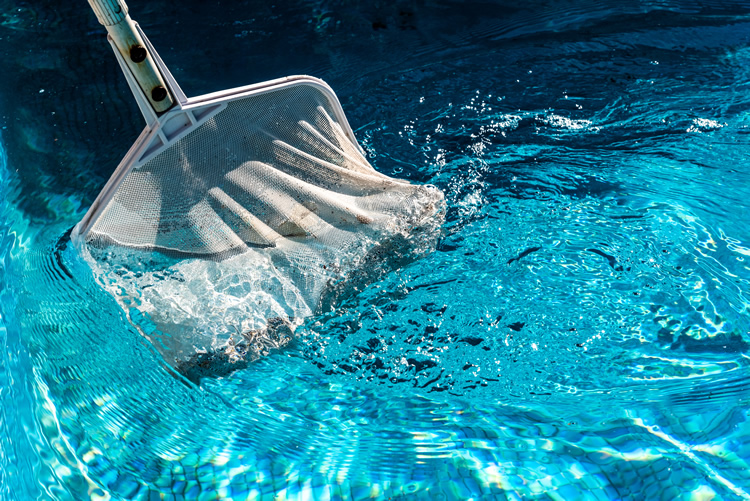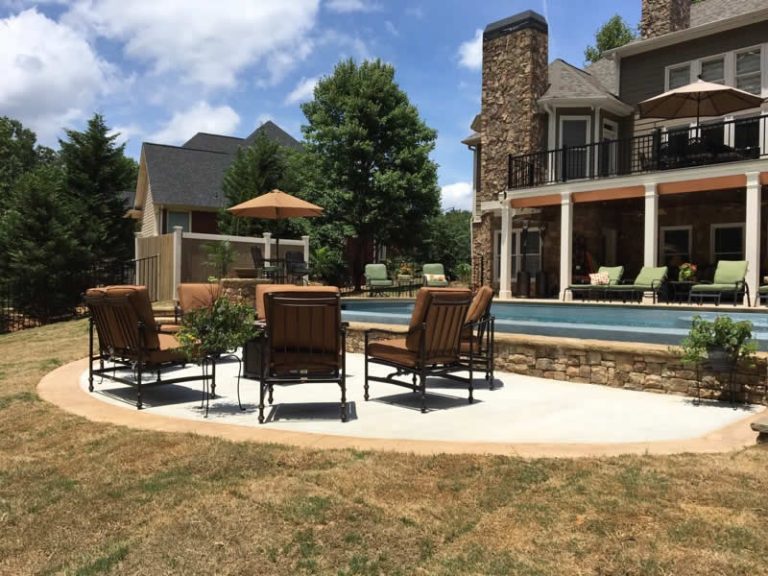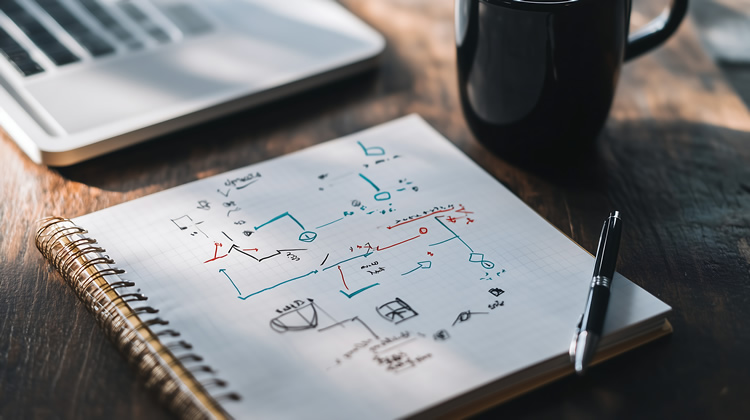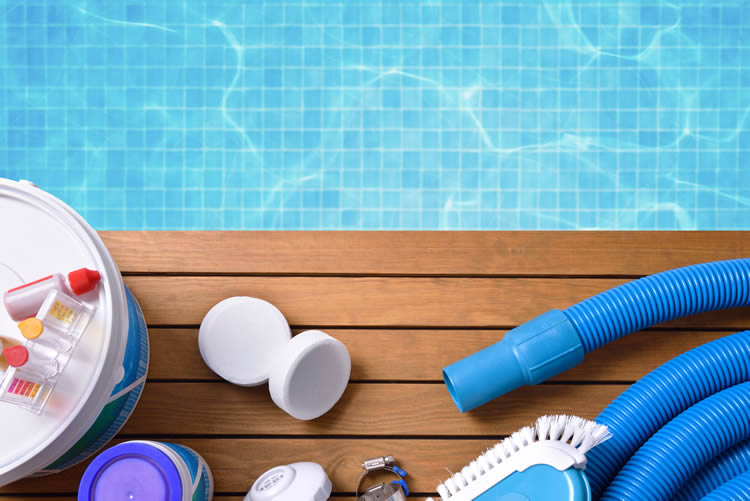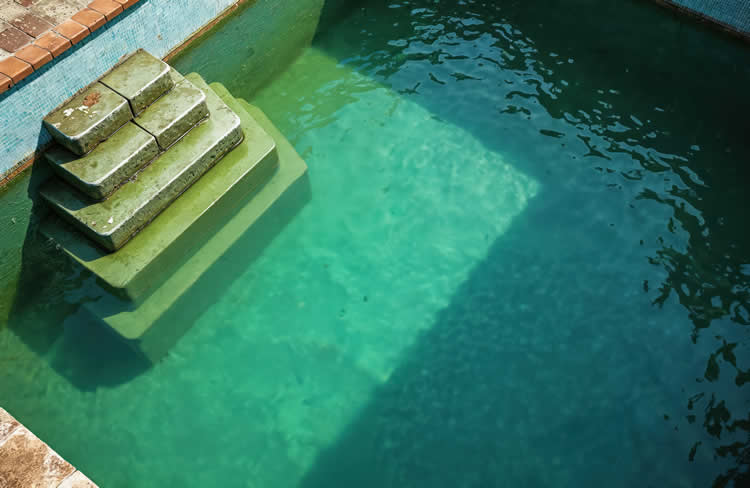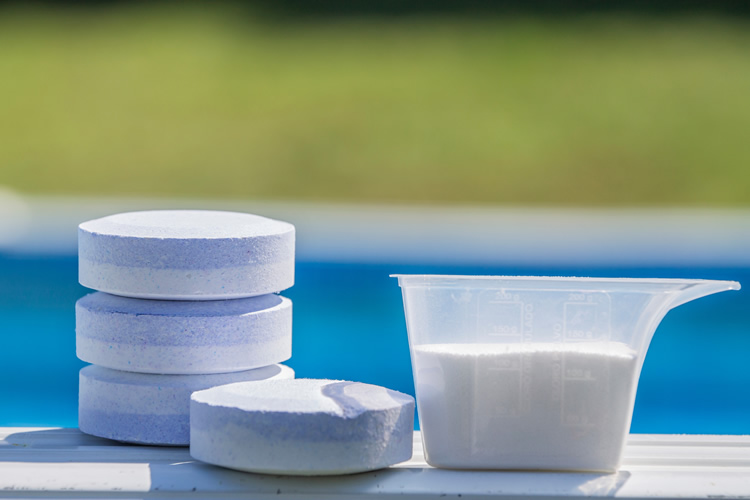Weekly vs. Monthly Maintenance: Finding the Right Routine for Your Pool
Here’s a truth most new pool owners figure out the hard way: the secret to an easy pool isn’t working more — it’s working smarter.
Some things need attention every week, others once a month, and a few can wait even longer. But if you mix up the order or skip key steps, it doesn’t take long for water quality to drift or equipment to strain.
The good news is, once you find the right rhythm, pool maintenance becomes second nature — just part of the weekly flow of life in Georgia.
Let’s look at what to do weekly, what to handle monthly, and a few seasonal habits that make a big difference over time.
The Weekly Essentials
Weekly pool care is about keeping the water balanced and the surface clean. Think of it like your house chores — you’re not remodeling the kitchen, just keeping things fresh.
Here’s what belongs in your weekly routine:
1. Test and Balance Water Chemistry
Use a reliable test kit or digital meter once or twice a week. You’re checking:
- pH: 7.4–7.6
- Chlorine: 1–3 ppm
- Alkalinity: 100–120 ppm
If you keep these three numbers stable, 80% of your pool issues disappear before they start.
Tip: Always adjust alkalinity first, then pH, then chlorine. It’s like leveling a table before setting the dishes — each one affects the others.
2. Skim and Empty Baskets
Leaves, pollen, bugs, and grass clippings show up fast in Georgia pools, especially in spring and summer.
Skim the surface once or twice a week and empty skimmer and pump baskets. Clogged baskets restrict water flow, making your pump work harder and shortening its lifespan.
3. Brush and Vacuum
Even clear water hides microscopic algae spores. Brushing your pool walls and steps weekly breaks up that biofilm before it gets slippery or green.
Vacuum afterward — either manually or with a robot — to remove what brushing loosened. This helps prevent staining, keeps water clearer, and reduces how much chlorine your pool needs.
4. Shock the Water
Once a week, give your pool a mild shock treatment to oxidize contaminants and reset sanitizer levels.
Do it at dusk, let the pump run overnight, and your water will sparkle in the morning. Think of it like washing your bedsheets — not glamorous, but essential.
5. Quick Equipment Check
While you’re out there, glance at the equipment pad.
- Any leaks?
- Air bubbles in the pump lid?
- Strange noises from the filter?
Catching small issues early saves big repair bills later.
The Monthly Deep Dive
Monthly maintenance covers the things that don’t need constant attention but make a huge impact on performance and longevity.
1. Clean the Filter
A clogged filter means cloudy water and extra strain on your pump. Depending on your system:
- Sand filter: Backwash every 4 weeks.
- Cartridge filter: Rinse or replace monthly.
- DE filter: Backwash and recharge with new powder monthly.
Your filter is your pool’s lungs — keep it breathing easy.
2. Inspect the Waterline and Tile
That faint white ring around your pool? That’s calcium scale or sunscreen residue.
Once a month, scrub the waterline with a soft brush or tile cleaner. It’s easier to maintain than to remove later.
3. Test Calcium and Stabilizer Levels
These change slowly, so monthly testing is plenty:
- Calcium Hardness: 200–400 ppm
- Cyanuric Acid (CYA): 30–50 ppm
Too much stabilizer makes chlorine lazy; too little and sunlight burns it off too fast — both are common in Georgia pools thanks to long, hot summers.
4. Lubricate O-Rings and Lids
A dab of silicone lubricant on pump and filter O-rings keeps seals tight and prevents air leaks. Dry O-rings crack easily, especially in our humid climate.
5. Clean the Pool Lights and Fixtures
If you have underwater lights or water features, wipe off buildup and check for moisture inside the lens. It’s small stuff now that prevents costly replacements later.
Seasonal Habits that Pay Off
Georgia’s mild winters and long summers make pool ownership easier than most places — but seasonal tune-ups help smooth transitions.
In Spring:
- Inspect and clean pool cover (if used).
- Check plumbing for cracks from winter.
- Shock and balance before heavy use.
In Summer:
- Test water more often (heat and rain can throw balance off).
- Brush more frequently to stop algae before it starts.
In Fall:
- Net out leaves weekly to prevent staining.
- Start reducing pump run times as temps drop.
In Winter:
- Run pump on freezing nights.
- Keep chemicals balanced even if unused.
These simple adjustments protect your investment year-round.
How Long Weekly Maintenance Takes
Believe it or not, if your pool’s in good shape, weekly maintenance takes less than 30 minutes.
Ten minutes to test and skim, ten to brush or vacuum, and maybe another five to shock and check equipment.
Once you get into a rhythm, it’s just part of the week — right up there with mowing the lawn or grilling dinner.
The Biggest Mistake Homeowners Make
Skipping “just one week.”
It always starts small: a busy weekend, some rain, a few leaves in the skimmer. Then the chlorine drifts, algae creeps in, and suddenly you’re spending two days cleaning instead of thirty minutes maintaining.
Consistency is everything. A steady, small effort always beats a big cleanup later.
The Takeaway
Your pool doesn’t need constant attention — just the right kind at the right time.
Stick to your weekly water testing and cleaning, handle the deeper tasks monthly, and adjust seasonally. That rhythm will keep your pool healthy, efficient, and beautiful all year long.
Because the truth is, the best pools aren’t the ones that get the most work — they’re the ones that get the right work.
Let’s Talk …
Let us take care of your Pool & landscape
At Aqua Fun, we don’t just build pools — we build relationships that last for seasons to come. Our team takes the time to understand your space, your needs, and how you actually use your backyard. Then we craft solutions that make every swim, soak, or gathering more enjoyable. It’s not about selling you more; it’s about helping you get it right.
If you’ve been thinking about improving, repairing, or re-imagining your pool, let’s talk. We’ll meet you where you are, explain your options clearly, and make sure the whole process feels simple and stress-free. That’s the Aqua Fun way — real people, real care, and results that speak for themselves.
Mon – Fri
8:00 – 6:00

